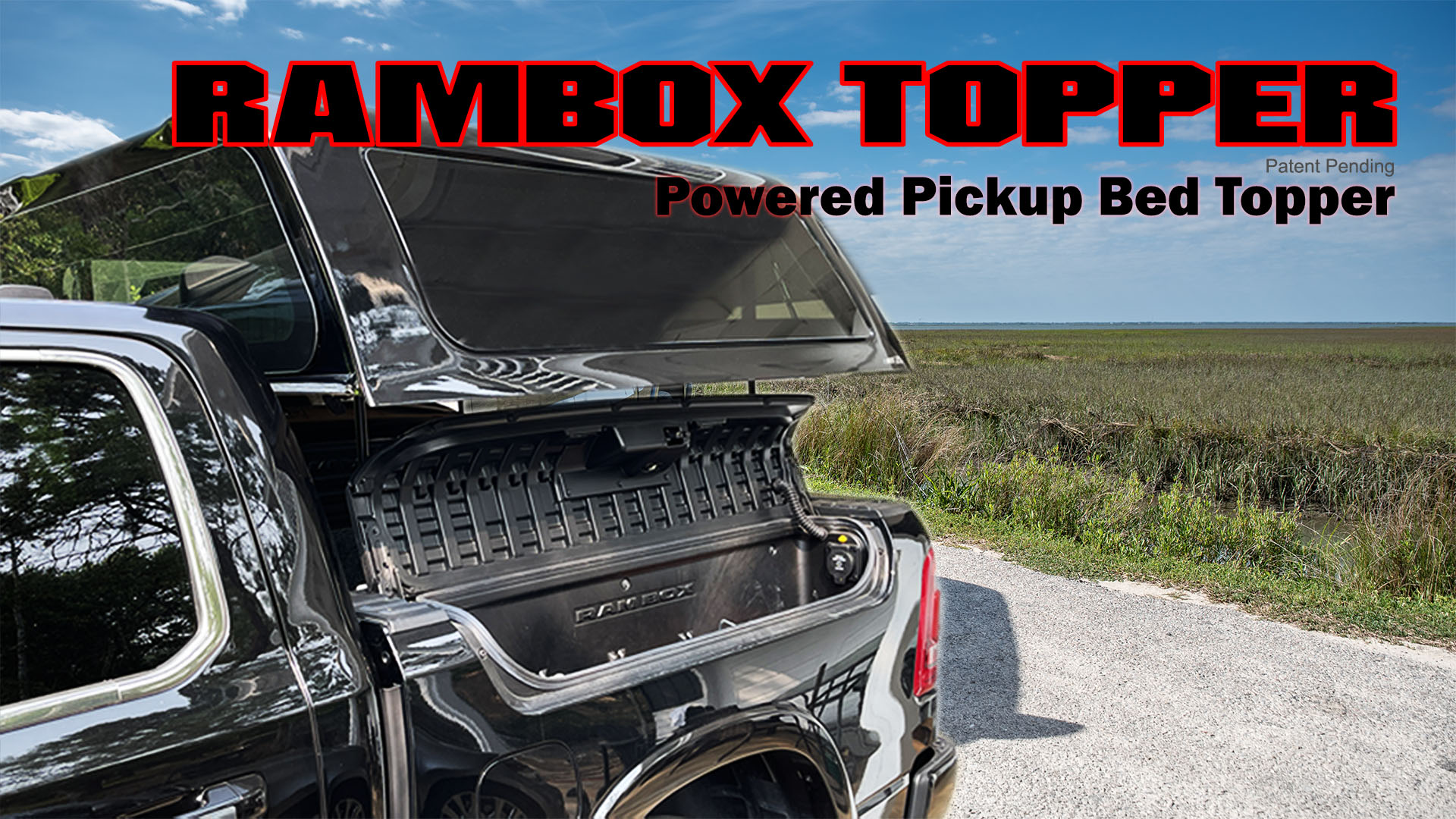go-ram
Ram Guru
- Joined
- Jun 30, 2018
- Messages
- 838
- Reaction score
- 764
- Points
- 93
- Age
- 65
.If the vehicle has an gas engine running doing anything I fail to see how they could be allowed to call it an EV.
This should be against any federal mandates and this eget treated like a normal truck since it is still an ICE truck imo.
And what a choice, an gas engine vs diesel and one that's going to likely cause a bunch of emission. This is either a genius or completely stupid move, time will tell.
I wonder how much gas you are going to spend to get a tiny tiny charge into that big battery. Maybe extra 50 miles on a 23 gallon tank, that will surely save you money...
You're right, time will tell, but I'm betting time will show that it's genius, not stupid.
.
Ram's reveal of the Ramcharger states that once the EV battery is depleted after the first 140 miles, the truck can go another 540 miles on the 27-gallon tank of gasoline, which means that in generator mode it effectively gets 20 MPG - not bad for a truck rated to tow 14,000 lbs and has 2600 lb payload.
.
There's not really much difference between a Ramcharger with an onboard gasoline-powered electrical generator compared to a Tesla or other full BEV (battery electric vehicle) charging their batteries from the grid in, say, California, where 45% of the electricity is produced by fossil fuels. Most families' use-case of a half-ton pickup is daily driving near home, and the Ramcharger's 140 miles in battery mode will cover 80% of most family-hauler usage, and a healthy percentage of work trucks, too. So in that regard, the Ramcharger stands a good chance of significantly reducing tailpipe emissions compared to a regular ICE truck of the same capacity.
.
In California, which is one of the worst-case states, money-wise (roughly $0.30/kWh), the electricity to charge the 92 kWh battery would be around $28, which is $0.20/mile for energy cost in EV mode. In generator mode it gets 20 MPG, in CA that gallon of 87-octane regular gasoline will cost around $5.50 today, which equates to $0.28/mile for energy cost in generator mode. So in CA today (Nov, 2023), for the estimates just given by Ram for the 2025 Ramcharger 1500 pickup, it would be 30% cheaper per mile for energy/fuel costs to run it in EV mode as compared to generator mode. And if your employer lets you charge at work for free, it could be closer to 90% cheaper for you in energy/fuel cost per mile.
.
Then you add in the benefits of the truck being a power source for electrically-operated tools on jobsites or campsites, powering your home during electrical outages, in some cases saving one from buying Tesla Powerwall to complement the solar panels on one's roof (because the Ramcharger's EV battery is really just a mobile Powerwall).
.
So the Ramcharger will, in the majority of use-cases in America be: (1) significantly cheaper per mile for energy/fuel costs, (2) significantly fewer tailpipe emissions, (3) a very handy mobile power station.
.
Sounds like genius to me. To the point that I'm already planning on trading-in my EcoDiesel when the Ramcharger is available.
.











